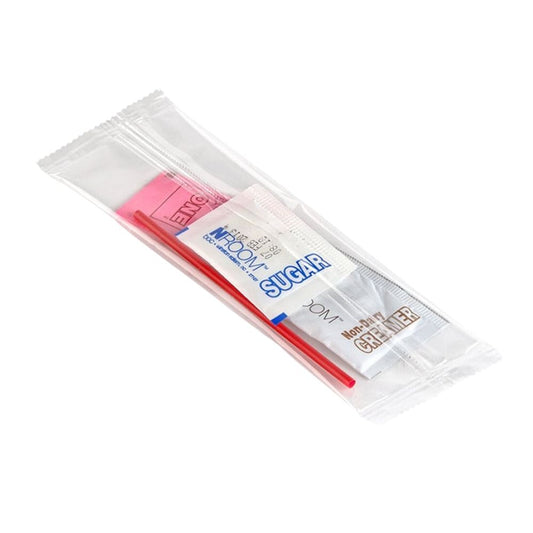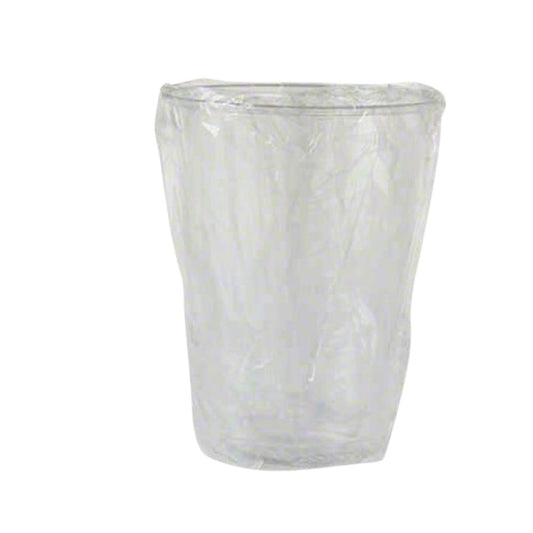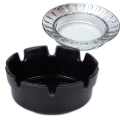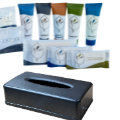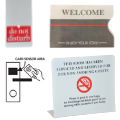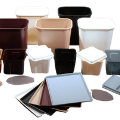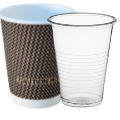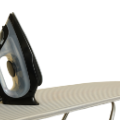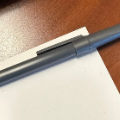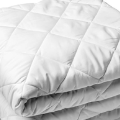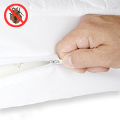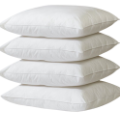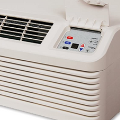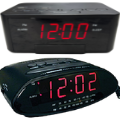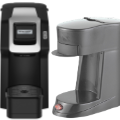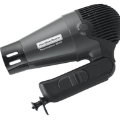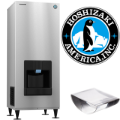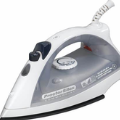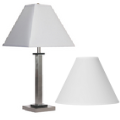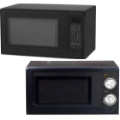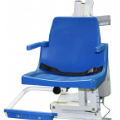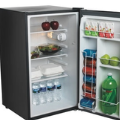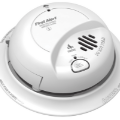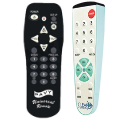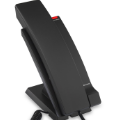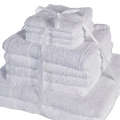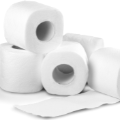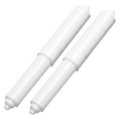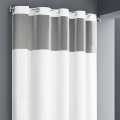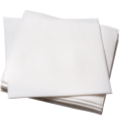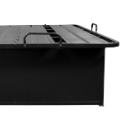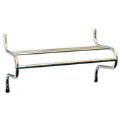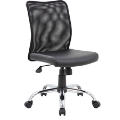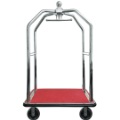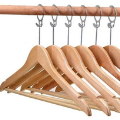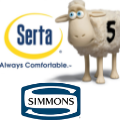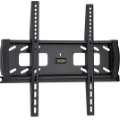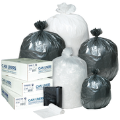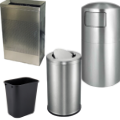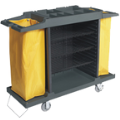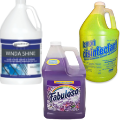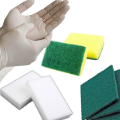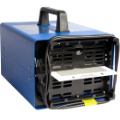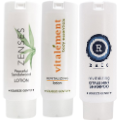Understanding Can Liners: Choosing the Right Garbage Bag for Your Needs
Selecting the appropriate garbage bag, or can liner, is an essential decision for both businesses and households. With a variety of materials, sizes, and specifications available, it’s important to understand what makes each option suitable for different applications. In this article, we’ll explore the types of garbage bags, explain what microns are, and offer a step-by-step guide to help you choose the right can liner for your needs.
Types of Garbage Bags
Garbage bags, or can liners, come in several different types, each made from various materials suited to specific waste containment needs. The main materials used in manufacturing garbage bags include high-density polyethylene (HDPE), low-density polyethylene (LDPE), and recycled polyethylene blends. Let’s take a closer look at these materials:
-
High-Density Polyethylene (HDPE): Known for its strength and puncture resistance, HDPE is typically used for lighter-duty applications. HDPE bags are thinner, providing a cost-effective solution for general waste, and are ideal for applications where tear resistance is important but not necessarily the capacity to hold heavier loads. They are commonly used in environments like office spaces or for household trash.
-
Low-Density Polyethylene (LDPE): LDPE bags are thicker and more flexible than HDPE bags, making them the best option for heavier and sharper waste. They are more resistant to punctures and tears, making them suitable for handling rough and irregular trash, such as construction debris or food waste. LDPE is also ideal for industrial and commercial uses where the bags need to hold a significant volume of waste.
-
Recycled Polyethylene Blends: Many garbage bags are made with a blend of virgin materials and recycled content, offering a more eco-friendly option without compromising strength. Recycled bags, such as those made from post-consumer recycled polyethylene (PCR), offer excellent environmental benefits while maintaining adequate strength for everyday waste disposal.
What is a Micron?
A micron is a unit of measurement that refers to the thickness of the material used in the construction of a garbage bag. One micron equals one-millionth of a meter, and the higher the micron number, the thicker and stronger the bag. The micron measurement is important because it directly correlates to the bag's ability to withstand pressure, punctures, and tears.
-
Thin Bags (5-10 Microns): Typically used for light-duty applications like office waste or paper refuse, bags in this range are suitable for carrying general trash that isn’t sharp or heavy.
-
Medium Bags (10-20 Microns): Ideal for heavier household waste or smaller commercial environments, these bags provide a balance between durability and flexibility. They are often used for yard waste or mixed materials in moderate quantities.
-
Heavy-Duty Bags (20-30+ Microns): These thicker bags are designed for industrial, medical, or hazardous waste. Heavy-duty bags made from HDPE or LDPE materials in this range are highly puncture-resistant and capable of handling sharp, wet, or heavy refuse, such as scrap metal, glass, or construction debris.
The higher the micron rating, the more durable the bag, but keep in mind that higher-micron bags may also come with a higher price tag.
How to Choose the Right Size Garbage Bag
When selecting a garbage bag, the size of the liner is critical to ensuring it fits your waste container properly and securely. An ill-fitting bag can lead to spills or unnecessary waste, and choosing a bag that’s too large or too small may lead to inefficient waste management.
-
Measure the Diameter or Circumference: For round containers, measure the circumference and divide by two to determine the bag width. For square or rectangular containers, measure the diagonal of the container’s bottom.
-
Determine the Bag Length: The length of the bag should be sufficient to cover the height of your container. For added security, add 3 inches to the height to accommodate for overhang.
-
Match the Bag to the Container Size: Once you have the container’s dimensions, refer to the manufacturer’s size guide to find the appropriate bag that will fit your container without being too loose or too tight.
Selecting the Right Gauge for Your Waste
The gauge refers to the thickness of the bag’s material. A lower gauge is used for lighter trash, and a higher gauge is needed for heavier, more irregular waste. Here are some general guidelines for selecting the appropriate gauge:
- Light-Duty (0.3-1.0 Mil): Ideal for light, non-sharp waste like paper or dry refuse.
- Medium-Duty (1.0-1.5 Mil): Suitable for general waste, including mixed trash from kitchens or office spaces.
- Heavy-Duty (1.5 Mil and Above): Best for handling heavy or sharp waste, such as industrial or construction debris.
Star Seals vs. Flat Seals
Many high-performance can liners feature a star seal, which ensures that the weight of the trash is evenly distributed across the bag, minimizing the risk of seam failure and leaks. For heavier-duty bags, a flat seal is often used, offering a strong, consistent seal for added durability, particularly in larger capacity bags.
Conclusion
Selecting the correct garbage bag involves understanding the specific material, micron thickness, and size that best fits your waste containment needs. Whether you need a light-duty bag for office waste, a medium-duty liner for household refuse, or a heavy-duty option for industrial waste, it’s essential to match the bag's specifications to the type and volume of trash you’re dealing with.
At GoWithDFW.com, we offer a wide selection of high-quality can liners, ranging from eco-friendly recycled bags to heavy-duty liners suitable for industrial applications. Contact us today to find the right liner for your needs, and simplify your waste management processes with reliable, durable products.

